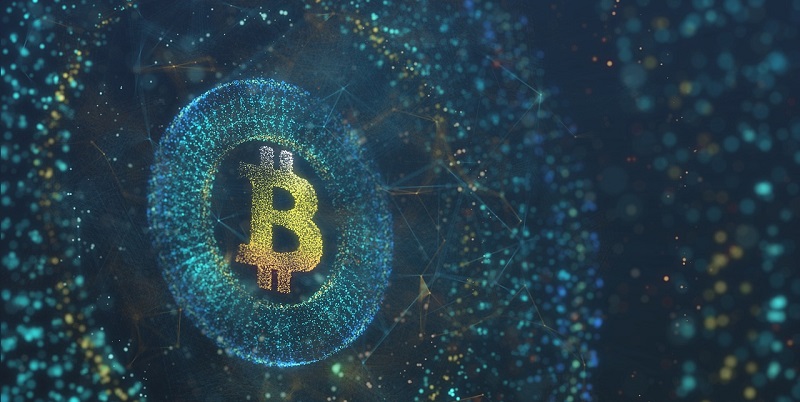Bitcoin mining has emerged as a critical process for adding new Bitcoins to the circulating supply. Miners compete against each other to solve complex mathematical problems using their computing power. The first miner to successfully solve the puzzle appends the subsequent block onto the blockchain, earning a set number of Bitcoins as their reward. However, the financial viability of mining depends on various factors, with electricity expenses being a significant determinant due to the substantial power consumption required in cryptocurrency mining.
Competing in bitcoin mining
In the world of Bitcoin mining, competition is fierce. Miners employ powerful computing systems to solve complex mathematical algorithms. The computational power determines the likelihood of successfully solving the puzzle and securing the reward. The faster the calculations, the higher the chances of being the first to append the block to the blockchain.
Rewards for Bitcoin miners
Bitcoin mining is a lucrative endeavour, with miners earning rewards in the form of Bitcoins. The miner who successfully solves the puzzle first is entitled to a set number of Bitcoins as their reward. These rewards incentivize miners to invest in powerful hardware and dedicate significant resources to maximize their chances of earning more Bitcoins.
Factors Affecting the Viability of Mining
The viability of mining Bitcoin heavily depends on several factors. One crucial aspect is the cost of electricity consumption. As mining requires considerable computational power, it also demands substantial energy consumption. Miners need to carefully evaluate their electricity costs to ensure profitable mining operations.
Introduction to Bitcoin Spark
Bitcoin Spark presents itself as a groundbreaking cryptocurrency that is designed to be the easiest to mine. Unlike traditional Bitcoin mining, which often requires specialized hardware and computational expertise, Bitcoin Spark aims to make mining accessible to a wider population.
Accessibility of Bitcoin Spark
One of the key advantages of Bitcoin Spark is its accessibility. This cryptocurrency can be mined using smartphones, eliminating the need for expensive mining rigs. This accessibility opens up new opportunities for individuals who may not possess advanced technical knowledge or have the financial means to invest in high-end mining equipment.
Reduced Power Consumption in Bitcoin sparked mining
Unlike traditional cryptocurrencies, Bitcoin Spark is designed to be less power-intensive. This significant reduction in power consumption can greatly alleviate the electricity costs associated with mining operations. Miners can now engage in the mining process with less financial strain, leading to improved profitability.
Simplified Process of Bitcoin Spark Mining
Mining Bitcoin Spark is a straightforward procedure compared to traditional Bitcoin mining. The complexities associated with setting up and maintaining advanced mining systems are considerably reduced. This simplified process enables individuals with minimal technical knowledge to participate in mining Bitcoin Spark and enjoy the benefits of cryptocurrency.
Lower difficulty level in the Bitcoin Spark Network
To ensure a more inclusive mining experience, the Bitcoin Spark network is deliberately designed to maintain a lower difficulty level compared to other cryptocurrencies. This reduced difficulty ensures that even miners with less computational power can actively participate and contribute to the network. The lower difficulty level promotes decentralization and makes mining a fairer and more accessible process.
Bitcoin Spark has revolutionized the cryptocurrency mining landscape with its emphasis on accessibility and ease of use. By enabling mining on smartphones and reducing power consumption, Bitcoin Spark has opened doors for a wider population to engage in cryptocurrency mining. The simplified mining process and lower difficulty level further contribute to an inclusive environment. As Bitcoin Spark continues to gain popularity, it offers new opportunities for individuals seeking to participate in the world of cryptocurrencies and potentially reap the rewards of mining.

